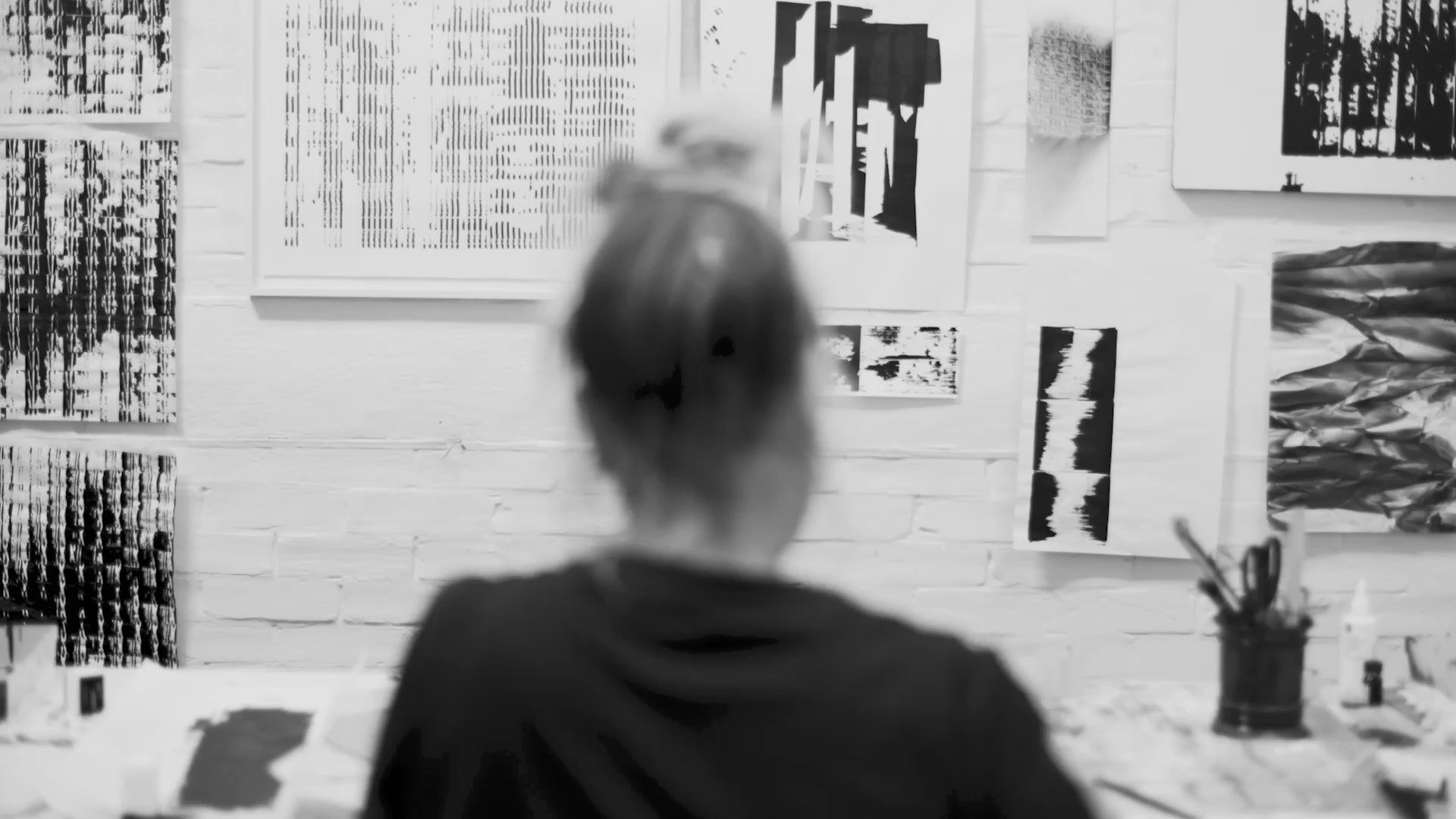The collection
2. When does a piece feel ‘right’ to you, even when working with imperfection and chance?
“That’s always a matter of intuition. My work is rooted in imperfection and unpredictability—so I’m not chasing a ‘perfect’ image. Sometimes, a composition just clicks. The balance is there—between light and dark, tension and calm. And I can’t always explain why.
That’s the mystery of art: you only know when it’s there. It has to move me, stir something. When that happens, I know it’s finished—even if it’s not technically flawless.”























